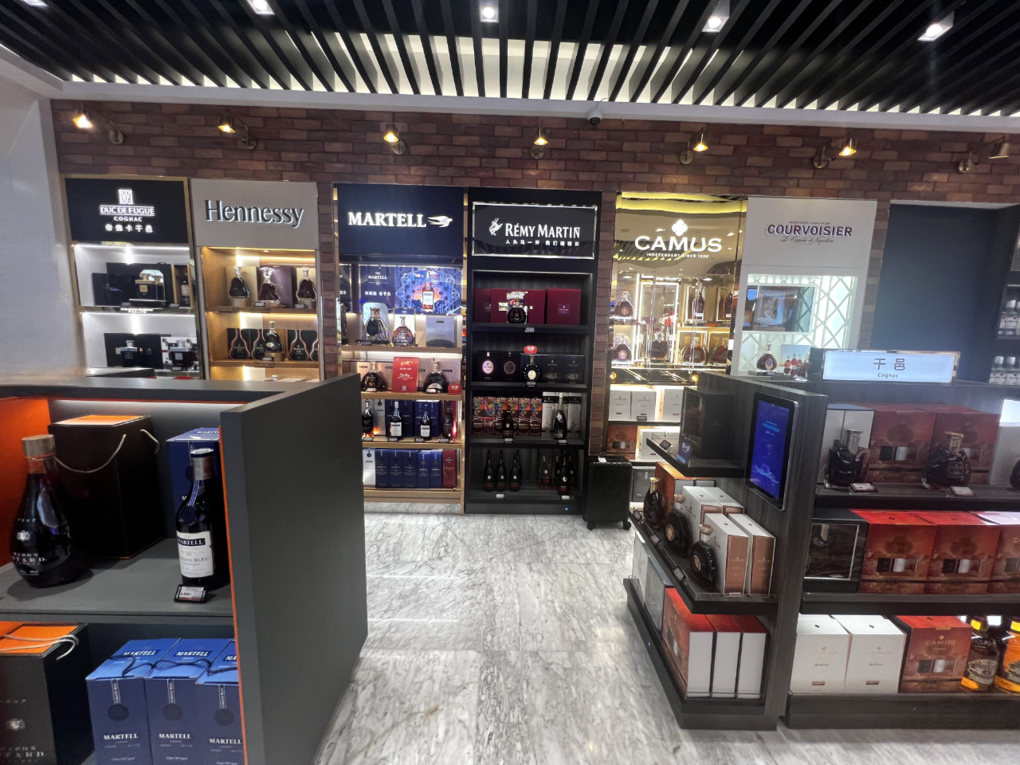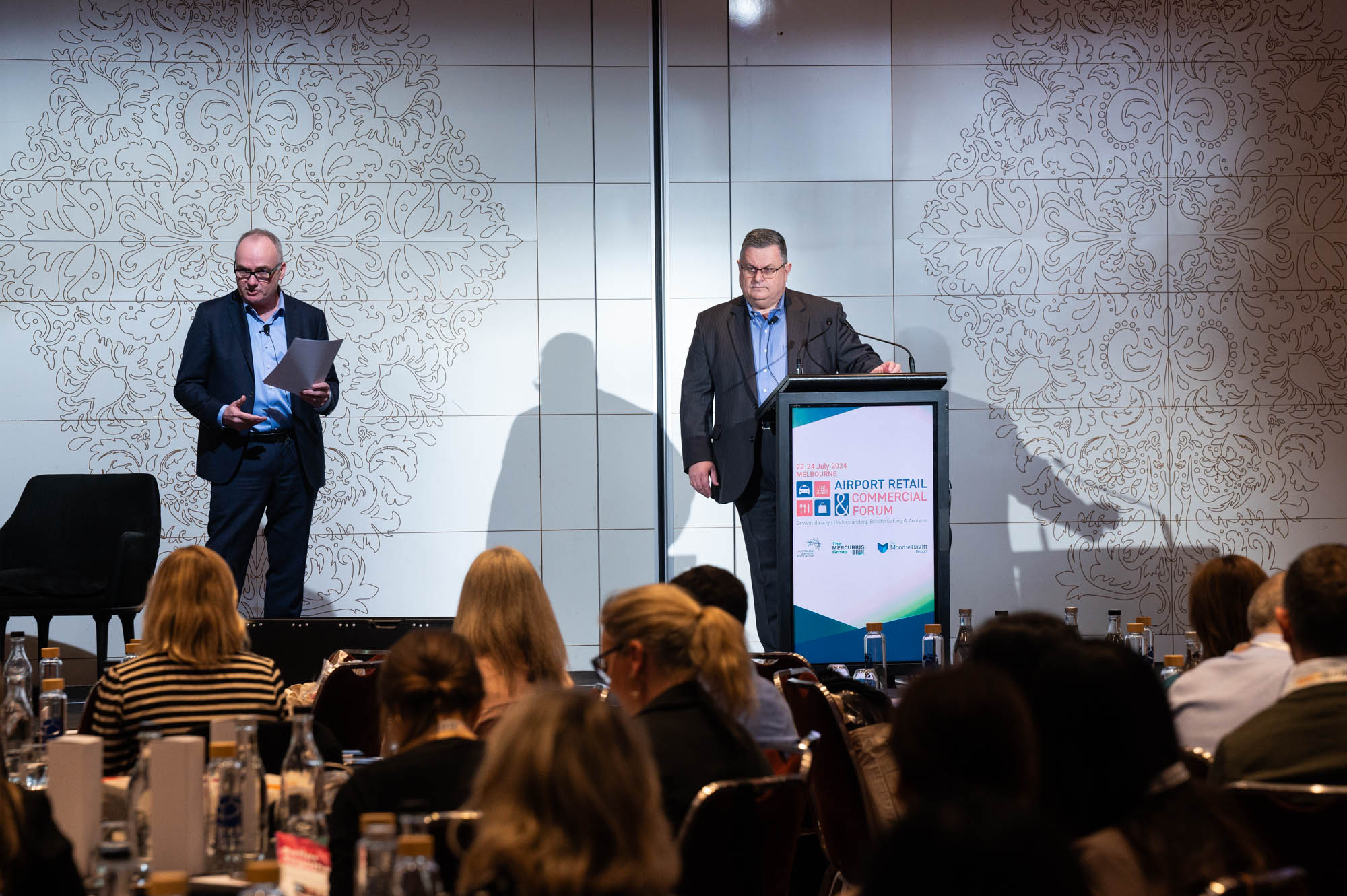US (HAWAII). The effects of March’s earthquake and tsunami continued to impact Hawaiian tourism in June as Japanese arrivals decreased -16.1% year-on-year.
However, total spending and spend per traveller continued to hold up well, something noted recently by leading travel retailer DFS whose Japanese business has been surprisingly resilient since the disasters. DFS has also benefited from a sharp increase in the number of Chinese and Korean visitors to Hawaii (see below).
A DFS spokesperson told The Moodie Report: “Our market is predominantly international rather than US. The big driver for us is the strong Yen which means that even though Japanese arrivals are down, their spending is exceptional. Also strong in terms of both spending and arrivals are Korea and the PRC. So we are enjoying excellent results, and prospects are strong for continuation of this trend.”
New figures from the Hawaii Tourism Authority show that 84,950 Japanese arrivals were recorded in the month. For the first six months of 2011, Japanese arrivals fell -9.2%. But those who did come spent more. Higher average daily spending ((US$303 per person, up from US$257 per person in 2010) contributed to a +2.1% growth in total Japanese visitor spending to US$149.2 million for June.
“A stronger Yen, which boosted shopping and food & beverage spending, contributed to the increase in daily spending,” the authority noted.
[DFS Galleria Waikiki is benefiting from a resilient Japanese spend, as well as an influx of Chinese and Korean shoppers]
The number of Japanese visitors who purchased group tours has continued to decline significantly over the last four months [March (-35.6%), April (-48.7%), May (-41.7%), June (-25.8%)] compared to the same months last year.
Total Japanese arrivals decreased -9.2% in the first half, but average daily spending was higher at US$285 per person compared to US$255 per person in the first half of 2010. Total spending by Japanese visitors for the first half of 2011 was US$890.8 million, an increase of +5.6% year-on-year.
CHINESE AND KOREANS MAKE AN IMPACT
Importantly, the number of ‘other visitors’ (i.e. from outside Japan, the US and Canada) rose +29.9% in June to 71,644 and by +19.8% in the first six months to 394,683.
Visitors from ‘Other Asia’ comprised the largest share of that group at 24%. Arrivals from ‘Other Asia’ climbed +41% from the first half of 2010 to 94,716.
Arrivals from South Korea increased +11.6% to 46,123 in the first half. This market has been growing rapidly since South Korea joined the US Visa Waiver Program in 2008. Supporting the growth in arrivals was a new direct service launched by Hawaiian Airlines in January 2011. In addition, Korean Airlines increased its service in June 2010 and added a twice-daily service in March this year.
In particularly important news for DFS, arrivals from China rose +19.7% to 36,565 in the first half of 2011. Contributing to the increase in Chinese visitors were three direct charter flights from Shanghai to Honolulu, which began in January and February 2011.
The impact of these nationalities can be seen by the high per-person, per-day spending of ‘other visitors’ in June, at US$179.6 second only to the Japanese with US$256.9. Given that ‘others’ also includes a significant number of relatively low spenders (Australians, New Zealanders), the Korean and Chinese spend is certain to be much higher.
OVERALL MARKET GROWS
Total expenditures by visitors (all nationalities) who came to Hawaii in the first half of 2011 rose +18.4% year-on-year year, to US$6 billion. Total visitor days for all visitors increased +6.8% and total arrivals grew +4.7% to 3,565,963 visitors.
Total expenditures by US West (+11.8%), US East (+16.1%) and Canadian (+31.2%)
visitors continued to increase by double-digits in the first half of 2011, boosted by higher average daily spending and growth in arrivals.






